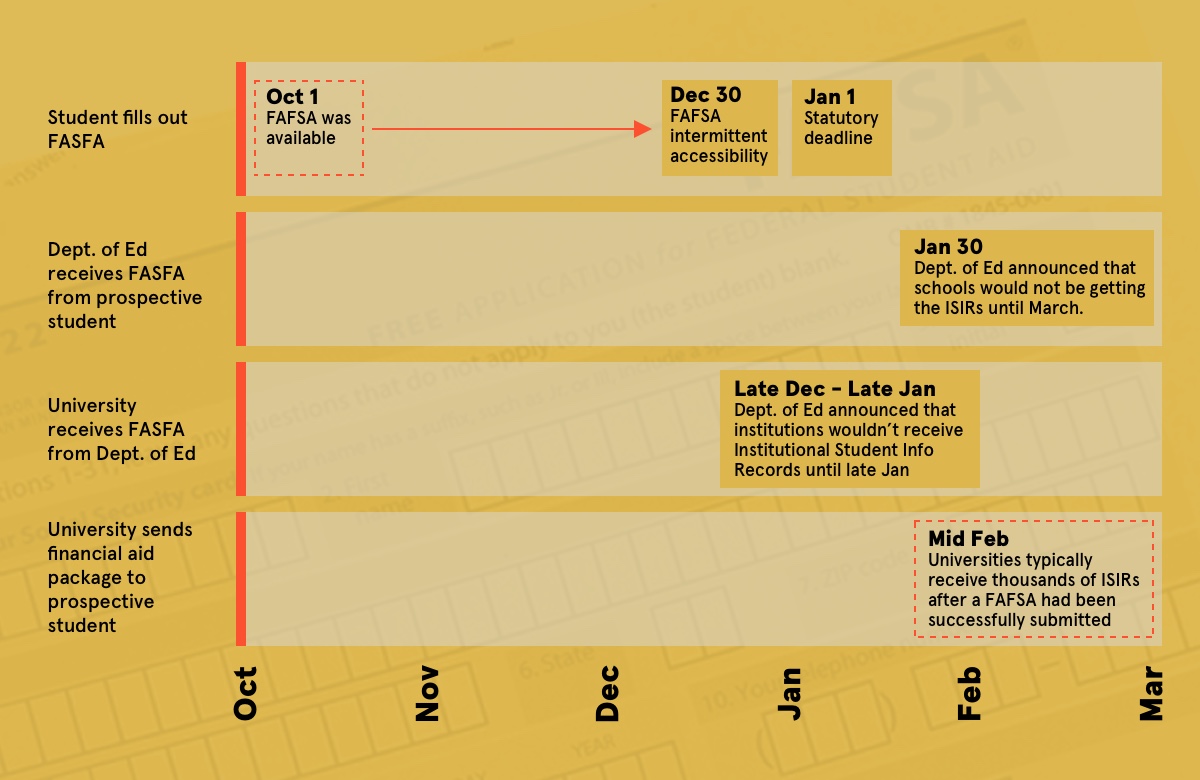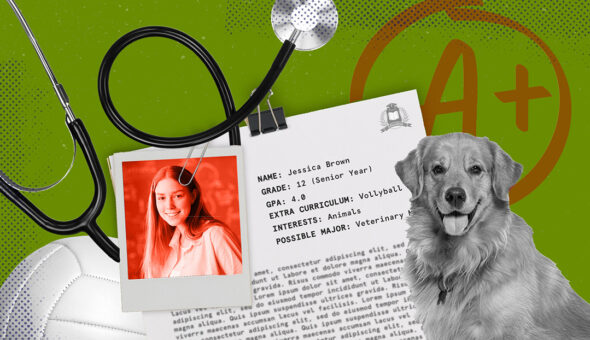The lack of certainty surrounding the rollout of the updated Free Application for Federal Student Aid, also known as the FAFSA, has plagued many in higher education for months now.
Although the update was intended to simplify the process, the chaotic rollout has made it difficult for some to simply submit the application. Additional confusion has been caused by changes to the formula, which were intended to be more generous to students but could leave some out in the cold.
The changes to the FAFSA have forced those in higher ed to question what the impact of the disruptions will mean for both the short and long term.









